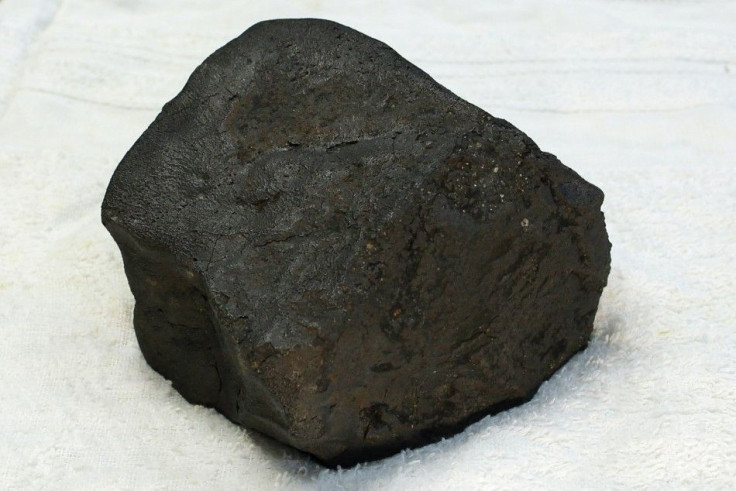Research: Gold Comes from Ancient Meteorites

Researchers have discovered the Earth's bountiful source of gold came from a meteor that dropped 3.9 billion years ago.
The researchers, from the University of Bristol in the UK, said through precision analysis of the oldest rock samples on Earth, they have concluded precious metals such as gold are the result of a bombardment of meteorites. The meteorites crashed down on Earth 200 million years after it was formed.
The researchers say when the Earth formed; molten iron sank to the center to form its core. This took most of the precious metals, such as gold and platinum, with it since they are attracted to iron. This removal of metals should have left the outer portion of the planet without any bling. However, the researchers say precious metals are tens to thousands of times more abundant in the Earth's silicate mantle than anticipated.
Why this was the case had not been confirmed. The meteorite shower was a theory that had yet to be proven. Researchers from University of Bristol decided to test it out by analyzing four billon year old rocks. The rocks are a composition of the planet shortly after the formation of the core but before the proposed meteorite bombardment.
Matthias Willbold, professor of Earth Sciences at the University of Bristol, determined the tungsten isotopic composition in these rocks. He found that the rocks that were four billion years old had a 15 parts per million 182W decrease in the relative abundance of the tungsten isotope than modern day rocks.
While this is a small portion, Willbold says it's more than enough to prove the meteor theory.
Our work shows that most of the precious metals on which our economies and many key industrial processes are based have been added to our planet by lucky coincidence when the Earth was hit by about 20 billion tons of asteroidal material, Willbold said.
Willbold said extracting tungsten from the rock samples and analysing its isotopic composition wasn't easy because of a small amount available. His laboratory is the first to do so.
The researchers' work has been published in a recent issue of Nature.
Follow Gabriel Perna on Twitter at @GabrielSPerna
© Copyright IBTimes 2025. All rights reserved.





















